Home>Gardening & Outdoor>Outdoor Structures>What Are The Disadvantages Of Composite Decking
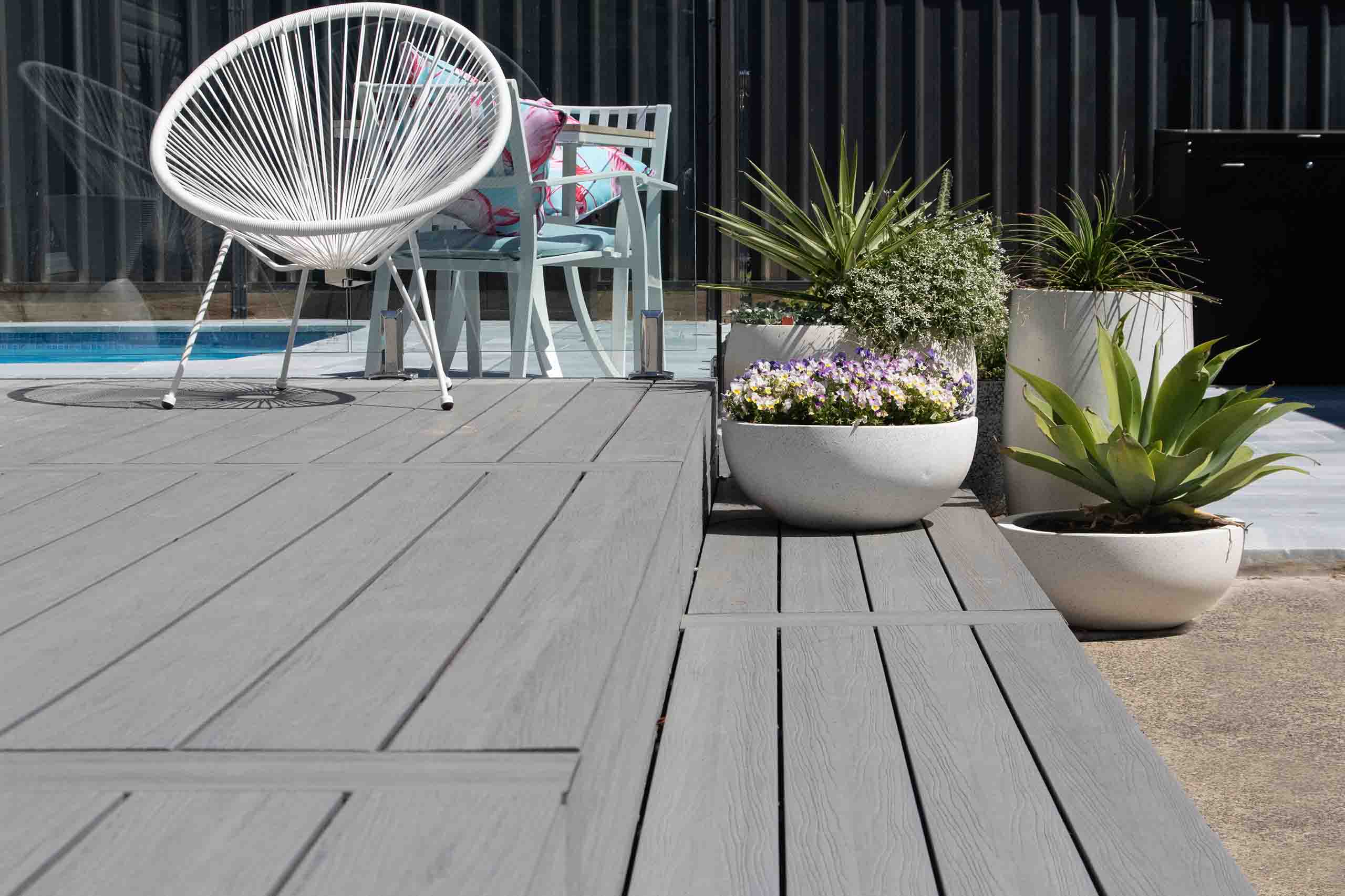

Outdoor Structures
What Are The Disadvantages Of Composite Decking
Modified: January 9, 2024
Learn about the potential drawbacks of composite decking for outdoor structures. Understand the disadvantages before making your decision.
(Many of the links in this article redirect to a specific reviewed product. Your purchase of these products through affiliate links helps to generate commission for Storables.com, at no extra cost. Learn more)
Introduction
Welcome to the world of outdoor living, where the choice of decking material can significantly impact the functionality, aesthetics, and long-term enjoyment of your outdoor space. As the demand for low-maintenance and visually appealing decking options continues to rise, composite decking has emerged as a popular choice for homeowners seeking a blend of durability, aesthetics, and convenience. However, like any construction material, composite decking has its share of disadvantages that warrant consideration before making a final decision.
In this comprehensive guide, we will delve into the potential drawbacks of composite decking, shedding light on factors such as limited color options, cost implications, heat retention, susceptibility to mold and mildew, durability concerns, maintenance requirements, and environmental impact. By gaining a deeper understanding of these disadvantages, you will be better equipped to make an informed decision that aligns with your preferences, budget, and long-term vision for your outdoor living space.
Key Takeaways:
- Composite decking offers low maintenance and durability, but limited color options, heat retention, and susceptibility to mold are important considerations for homeowners.
- While composite decking has higher upfront costs, its long-term benefits include reduced maintenance expenses and environmental impact, making it a viable option for outdoor spaces.
Read more: What Is Composite Decking
Limited Color Options
One of the primary drawbacks of composite decking is the relatively limited range of color options compared to natural wood. While composite decking has made significant strides in mimicking the look of real wood, the available color palette may not satisfy those seeking a specific shade or a truly authentic wood appearance. This limitation stems from the manufacturing process of composite decking, which involves blending wood fibers or flour with plastic and other materials, resulting in a predetermined range of colors and finishes.
For homeowners with a distinct vision for their outdoor living space or those aiming to seamlessly integrate the decking with existing architectural elements, the restricted color choices of composite decking can pose a challenge. Additionally, the color of composite decking may fade over time due to prolonged exposure to sunlight and the elements, further limiting its long-term visual appeal.
While some composite decking brands offer a variety of hues and grain patterns, the customization options are generally not as extensive as those available with natural wood. This can be a significant drawback for individuals who prioritize personalized aesthetics and wish to explore a broader spectrum of colors and textures for their deck.
Despite these limitations, it’s important to note that advancements in composite decking technology have led to the introduction of more diverse color options and enhanced resistance to fading. Additionally, some manufacturers provide the option of applying specialized coatings or stains to composite decking to achieve a desired color, albeit with additional maintenance requirements.
Ultimately, the limited color choices associated with composite decking may influence the overall design flexibility and customization potential for your outdoor space, prompting careful consideration of your color preferences and long-term aesthetic expectations.
Cost
When considering decking materials, cost is a crucial factor that significantly impacts the overall feasibility and long-term financial implications of a project. While composite decking offers numerous benefits, including low maintenance and long-term durability, it is important to acknowledge that it typically comes with a higher upfront cost compared to traditional wood decking.
The initial investment for composite decking can be notably higher due to several factors, including the manufacturing process, the use of high-quality materials, and the advanced technology employed to enhance its performance and longevity. Additionally, the installation of composite decking may require specialized tools and expertise, contributing to the overall project expenses.
Although the upfront cost of composite decking may seem prohibitive for some homeowners, it is essential to consider the long-term financial implications. Composite decking is renowned for its low maintenance requirements and resistance to issues such as rot, decay, and insect damage, which are common concerns with traditional wood decking. As a result, the long-term cost of owning and maintaining a composite deck may be lower when factoring in the reduced need for regular upkeep, repairs, and potential replacement.
Moreover, the durability of composite decking can contribute to long-term cost savings by minimizing the frequency of replacements and repairs, thereby offsetting the initial investment over the lifespan of the deck. It is important to weigh the upfront cost against the potential long-term savings and the added value that composite decking can bring to your property.
For budget-conscious homeowners, the higher initial cost of composite decking may necessitate careful financial planning and consideration of alternative materials. Exploring the available financing options and comparing the total cost of ownership between composite decking and other materials can aid in making an informed decision that aligns with your budget and long-term financial objectives.
Ultimately, while the upfront cost of composite decking may present a notable disadvantage, it is essential to evaluate its long-term financial implications and the value it can deliver in terms of durability, aesthetics, and reduced maintenance expenses.
Heat Retention
One of the potential drawbacks of composite decking is its tendency to retain heat, especially when exposed to direct sunlight for prolonged periods. This heat retention can result in the surface of the decking becoming uncomfortably hot, particularly in warmer climates or during the peak of summer. The elevated temperature of the decking can limit its usability, making it less inviting for barefoot walking or lounging, and potentially leading to discomfort for individuals and pets.
The heat retention characteristic of composite decking is attributed to its composition, which often includes a blend of wood fibers or flour and plastic materials. Unlike natural wood, which has inherent insulating properties and tends to remain relatively cool to the touch, composite decking can absorb and retain heat, creating a surface that may become excessively warm under intense sunlight.
To mitigate the issue of heat retention, some composite decking manufacturers have developed innovative solutions, such as incorporating specialized heat-reflective pigments or technologies aimed at reducing the surface temperature of the decking. These advancements seek to address the discomfort associated with hot decking surfaces and enhance the overall usability and comfort of outdoor spaces furnished with composite decking.
Additionally, strategic design choices, such as incorporating shading structures, pergolas, or awnings, can help alleviate the impact of heat retention by providing relief from direct sunlight and creating cooler areas within the outdoor living space. Furthermore, selecting lighter-colored composite decking can contribute to lower heat absorption and reduced surface temperatures, enhancing the comfort of the deck under sunny conditions.
While the issue of heat retention is a notable consideration for those contemplating the use of composite decking, it is important to assess its significance in relation to your local climate, intended usage of the outdoor space, and the availability of mitigating measures. By understanding the implications of heat retention and exploring potential solutions, homeowners can make informed decisions regarding the suitability of composite decking for their specific environmental conditions and lifestyle preferences.
Susceptible to Mold and Mildew
One of the potential drawbacks of composite decking is its susceptibility to mold and mildew growth, particularly in environments characterized by high humidity, frequent rainfall, or inadequate ventilation. While composite decking is lauded for its resistance to issues such as rot, decay, and insect damage, it is not impervious to the development of mold and mildew under certain conditions.
The organic components present in composite decking, such as wood fibers or flour, can provide a source of nutrients for mold and mildew spores, especially when exposed to moisture over extended periods. Additionally, the textured surfaces of some composite decking products can harbor moisture and organic debris, creating conducive conditions for the proliferation of mold and mildew.
To address this challenge, proactive maintenance practices and regular cleaning are essential for preventing the accumulation of organic matter and minimizing the risk of mold and mildew growth on composite decking. Routine cleaning with specialized composite decking cleaners, along with the use of gentle scrubbing brushes or pressure washers set to low pressure, can help remove surface contaminants and inhibit the establishment of mold and mildew colonies.
Furthermore, ensuring proper ventilation and adequate airflow around the decking structure can contribute to reducing moisture retention and minimizing the conditions favorable to mold and mildew development. This can be achieved through thoughtful deck design, strategic placement of ventilation openings, and the incorporation of features that promote air circulation beneath the deck.
While the susceptibility to mold and mildew is a consideration for composite decking, it is important to note that proactive maintenance and preventive measures can effectively manage this issue, preserving the integrity and visual appeal of the decking over time. By implementing a comprehensive maintenance routine and addressing environmental factors that contribute to mold and mildew growth, homeowners can mitigate this potential disadvantage and enjoy the long-term benefits of composite decking.
When considering composite decking, be aware that it can be more expensive upfront compared to traditional wood decking. Additionally, composite decking may have a higher initial installation cost and can be prone to scratching and fading over time. Regular maintenance and cleaning are also necessary to keep it looking its best.
Read more: What Is Composite Decking Made Of
Durability
While composite decking is renowned for its resistance to rot, decay, and insect infestations, its overall durability can be a point of consideration for homeowners evaluating decking options. The long-term performance of composite decking is influenced by various factors, including the quality of the materials, the manufacturing process, and the specific environmental conditions to which the decking will be exposed.
Over time, certain types of composite decking may be prone to issues such as surface scratching, staining, or fading, particularly in high-traffic areas or under harsh weather conditions. Additionally, the structural integrity of composite decking can be impacted by factors such as fluctuating temperatures, prolonged exposure to UV radiation, and heavy loads, potentially leading to warping, sagging, or other forms of deterioration.
To address these concerns, advancements in composite decking technology have led to the development of enhanced formulations and protective coatings designed to bolster durability and minimize the effects of wear and tear. These innovations aim to improve scratch resistance, UV stability, and overall structural robustness, thereby extending the lifespan and performance of composite decking products.
Furthermore, proper installation practices, including adequate support structures, spacing, and fastening methods, play a crucial role in optimizing the durability of composite decking. Adhering to manufacturer guidelines and recommendations for installation and maintenance can help maximize the longevity and performance of the decking, reducing the likelihood of premature wear and structural issues.
It is important for homeowners to assess the anticipated usage, environmental conditions, and maintenance requirements associated with composite decking to determine its suitability for their specific needs. Additionally, considering the warranty coverage provided by composite decking manufacturers and understanding the terms and limitations of the warranty can offer insights into the expected durability and performance of the product.
By conscientiously evaluating the durability characteristics of composite decking and implementing appropriate maintenance measures, homeowners can make informed decisions regarding its suitability for their outdoor living spaces, ensuring long-lasting functionality and aesthetic appeal.
Maintenance Requirements
While composite decking is often promoted for its low-maintenance attributes, it is important to recognize that it is not entirely maintenance-free. Understanding the maintenance requirements associated with composite decking is essential for ensuring its long-term performance, visual appeal, and durability.
Regular cleaning is a fundamental aspect of maintaining composite decking, as it helps prevent the accumulation of dirt, organic debris, and potential contaminants that can compromise the appearance and integrity of the surface. Routine cleaning typically involves using specialized composite decking cleaners, gentle scrubbing brushes, and water to remove surface impurities and maintain the decking’s aesthetic appeal.
Additionally, addressing issues such as mold and mildew growth, staining, and surface scratches may necessitate targeted maintenance efforts, including the application of mold and mildew inhibitors, stain removers, or specialized treatments to restore the decking’s original luster and protect its surface from blemishes.
Furthermore, proactive measures such as ensuring proper ventilation around the decking, promptly addressing spills and stains, and avoiding the use of harsh cleaning agents or abrasive tools can contribute to preserving the quality and longevity of composite decking.
It is important to consult the specific maintenance guidelines provided by the manufacturer of the composite decking to ensure compliance with recommended practices and products. Adhering to these guidelines can help optimize the performance and visual appeal of the decking while minimizing the risk of potential issues arising from inadequate maintenance.
By acknowledging the maintenance requirements associated with composite decking and incorporating a proactive maintenance routine into the care of the outdoor space, homeowners can maximize the benefits of composite decking while minimizing the impact of its maintenance demands on their overall enjoyment and satisfaction.
Environmental Impact
When evaluating decking materials, it is essential to consider the environmental impact associated with their production, use, and disposal. While composite decking offers advantages in terms of durability and reduced maintenance, it presents certain environmental considerations that merit attention.
The production of composite decking involves the use of a blend of wood fibers or flour, recycled plastics, and binding agents, contributing to its composite nature. While the inclusion of recycled materials aligns with sustainability principles, the manufacturing process of composite decking may involve energy-intensive operations and the use of chemical additives, raising concerns about its carbon footprint and environmental implications.
Furthermore, the longevity of composite decking, often touted as a key benefit, can pose challenges in terms of disposal at the end of its lifespan. Unlike natural wood, which can biodegrade and decompose naturally, composite decking may persist in landfills, presenting potential environmental concerns related to waste management and resource utilization.
It is important to note that strides have been made in the development of eco-friendly composite decking options, including those manufactured using sustainable practices, recycled materials, and innovative production technologies aimed at reducing environmental impact. Additionally, the durability and longevity of composite decking can contribute to minimizing the need for frequent replacements, thereby reducing overall resource consumption and waste generation.
For environmentally conscious homeowners, exploring the eco-friendly certifications, sustainability initiatives, and recycling programs offered by composite decking manufacturers can provide insights into the environmental stewardship practices associated with their products. Selecting composite decking with a focus on environmental responsibility and sustainable sourcing can align with a commitment to minimizing the ecological footprint of outdoor construction projects.
By considering the environmental impact of composite decking and exploring options that prioritize sustainability and responsible manufacturing practices, homeowners can make informed decisions that reflect their environmental values while enjoying the benefits of durable, low-maintenance decking solutions.
Conclusion
As we conclude our exploration of the potential disadvantages of composite decking, it is evident that this popular decking option presents a nuanced array of considerations for homeowners and outdoor enthusiasts. While composite decking offers compelling benefits such as low maintenance, durability, and aesthetic versatility, it is essential to weigh these advantages against the potential drawbacks to make informed decisions aligned with individual preferences and practical requirements.
The limitations associated with composite decking, including the relatively limited color options, higher upfront cost, heat retention, susceptibility to mold and mildew, durability concerns, maintenance requirements, and environmental impact, underscore the importance of thorough assessment and thoughtful deliberation when selecting decking materials for outdoor spaces.
Despite these considerations, it is important to recognize that advancements in composite decking technology continue to address many of these drawbacks, offering innovative solutions to enhance color options, mitigate heat retention, bolster durability, and minimize environmental impact. The evolving landscape of composite decking products reflects a commitment to addressing consumer needs and aligning with sustainability objectives, providing homeowners with increasingly diverse and environmentally responsible decking options.
Ultimately, the decision to embrace composite decking involves a careful balance of weighing its advantages and disadvantages in the context of individual priorities, budget constraints, environmental values, and long-term vision for outdoor living spaces. By leveraging the insights presented in this guide and engaging in thorough research, homeowners can navigate the complexities of decking material selection with confidence, ensuring that their outdoor spaces reflect their unique style, values, and practical considerations.
As the outdoor living industry continues to evolve and innovate, the drawbacks associated with composite decking are being addressed through ongoing research, technological advancements, and a commitment to sustainability, promising a future where the benefits of composite decking can be maximized while mitigating potential disadvantages.
Frequently Asked Questions about What Are The Disadvantages Of Composite Decking
Was this page helpful?
At Storables.com, we guarantee accurate and reliable information. Our content, validated by Expert Board Contributors, is crafted following stringent Editorial Policies. We're committed to providing you with well-researched, expert-backed insights for all your informational needs.
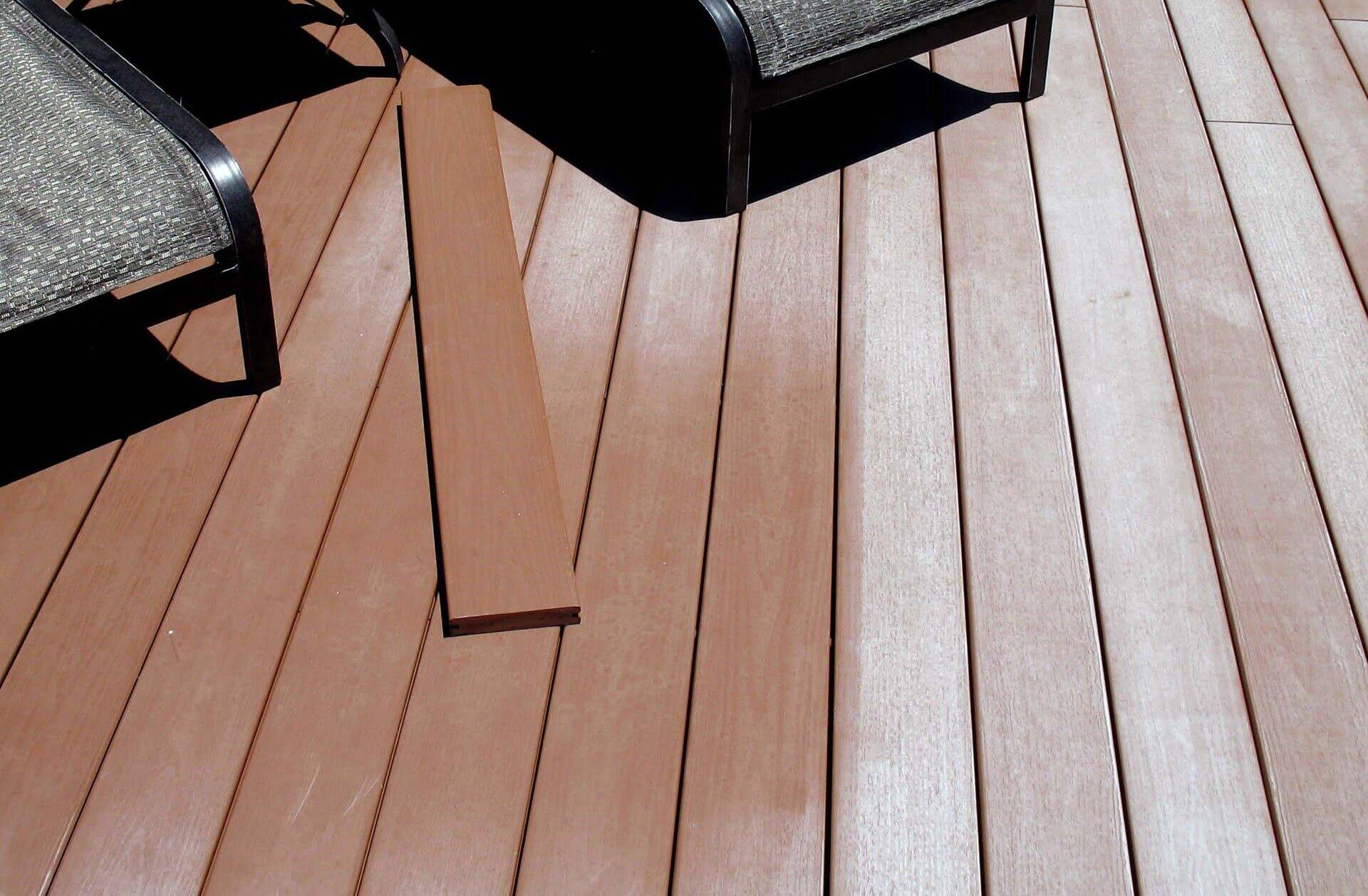
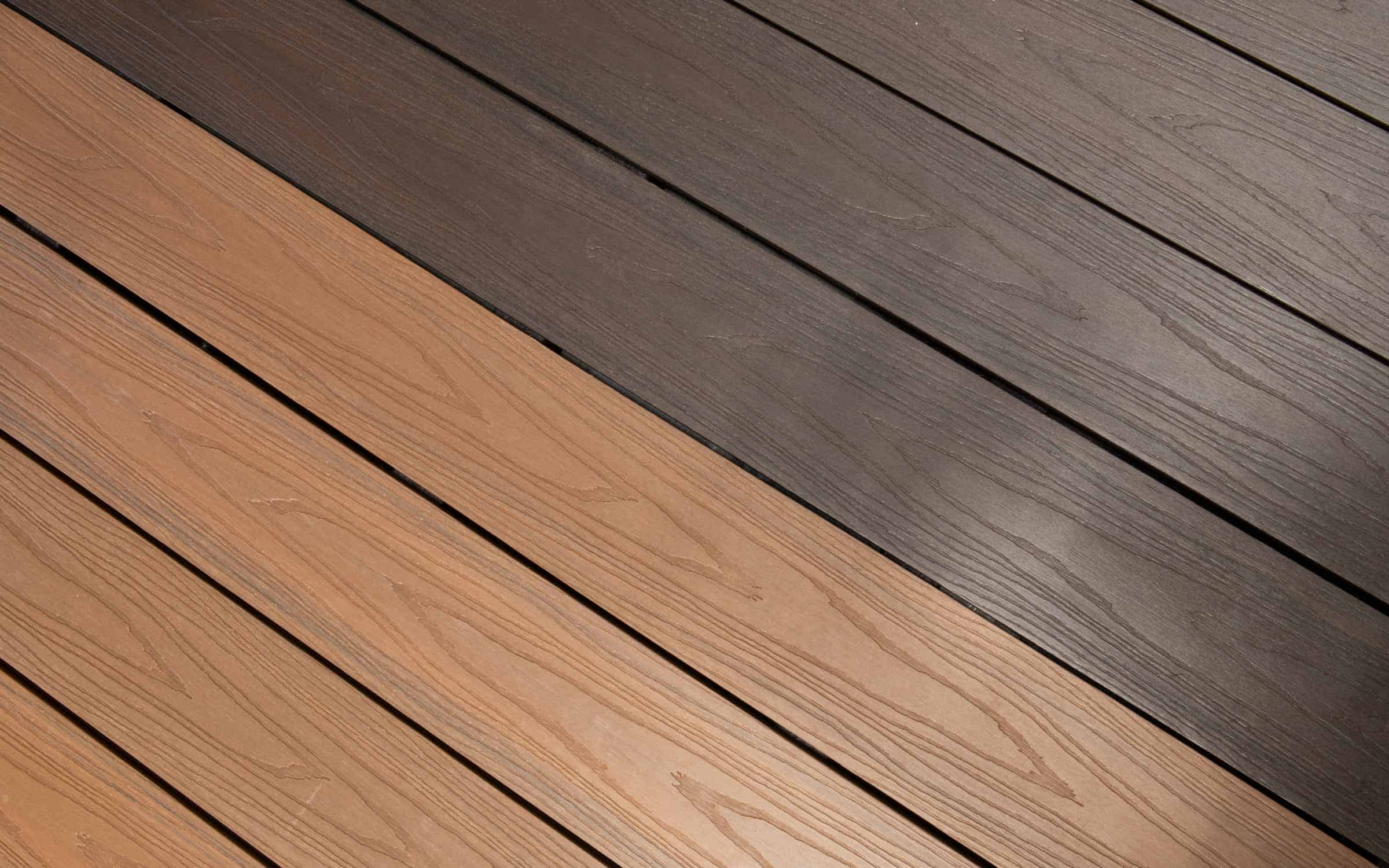
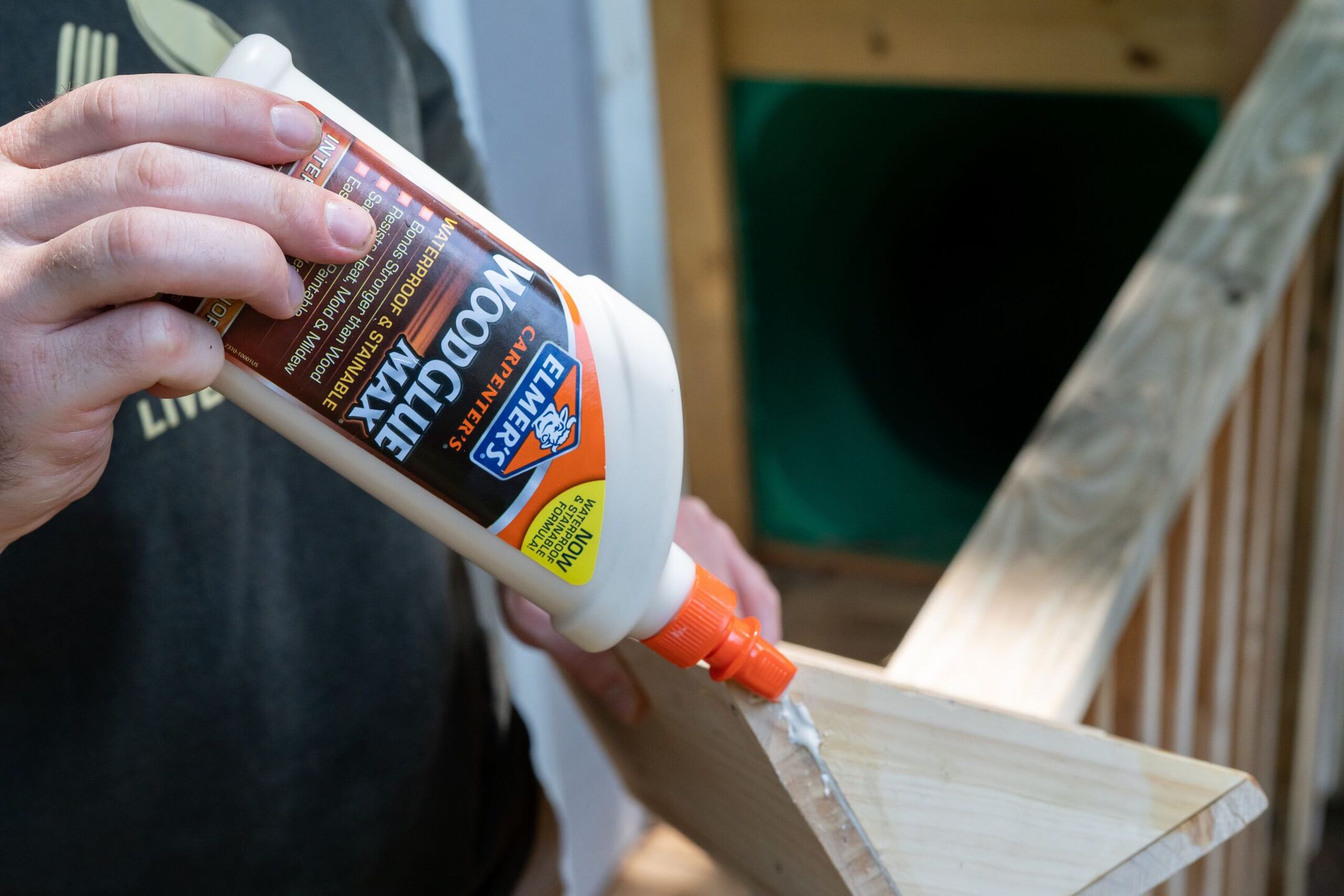
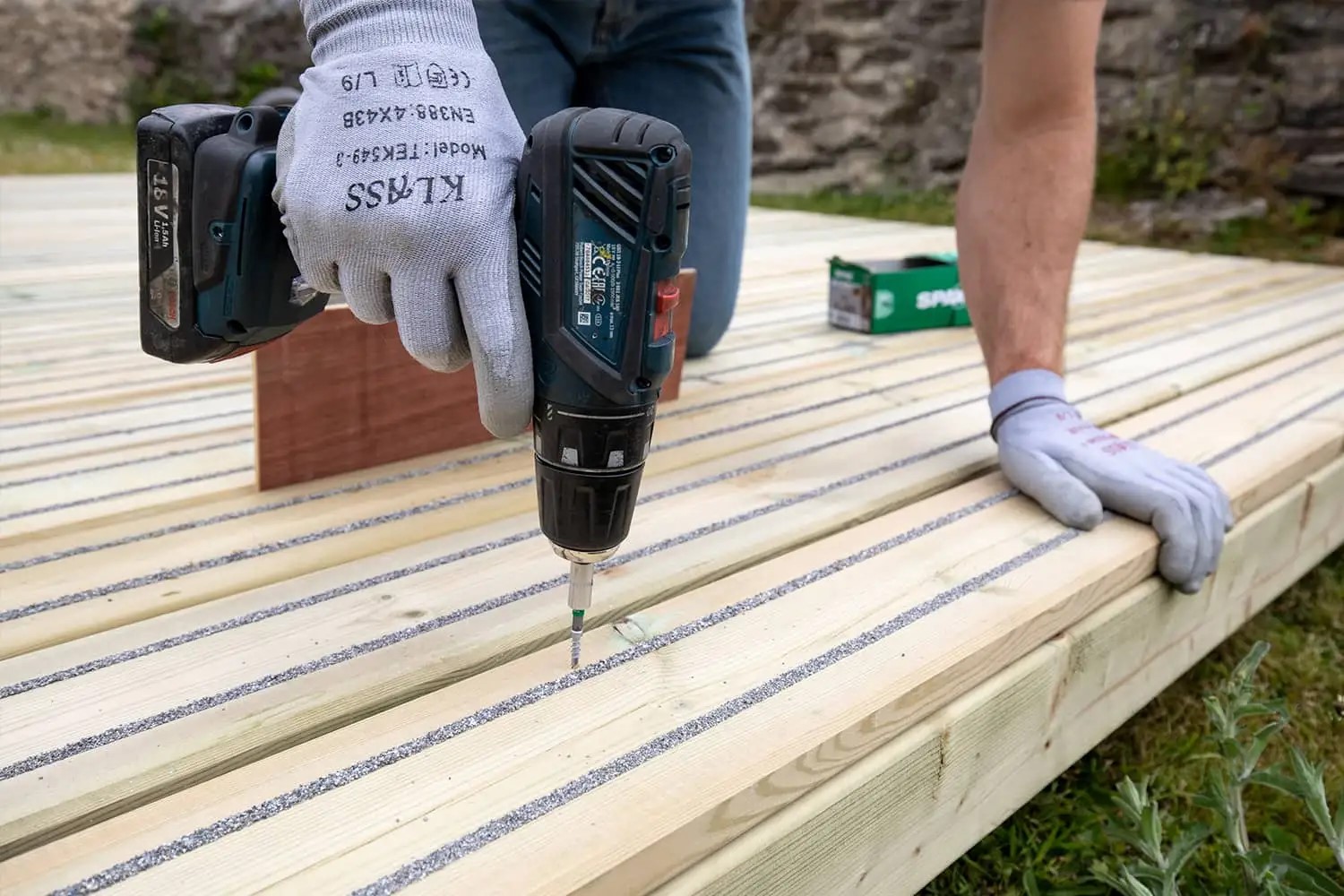
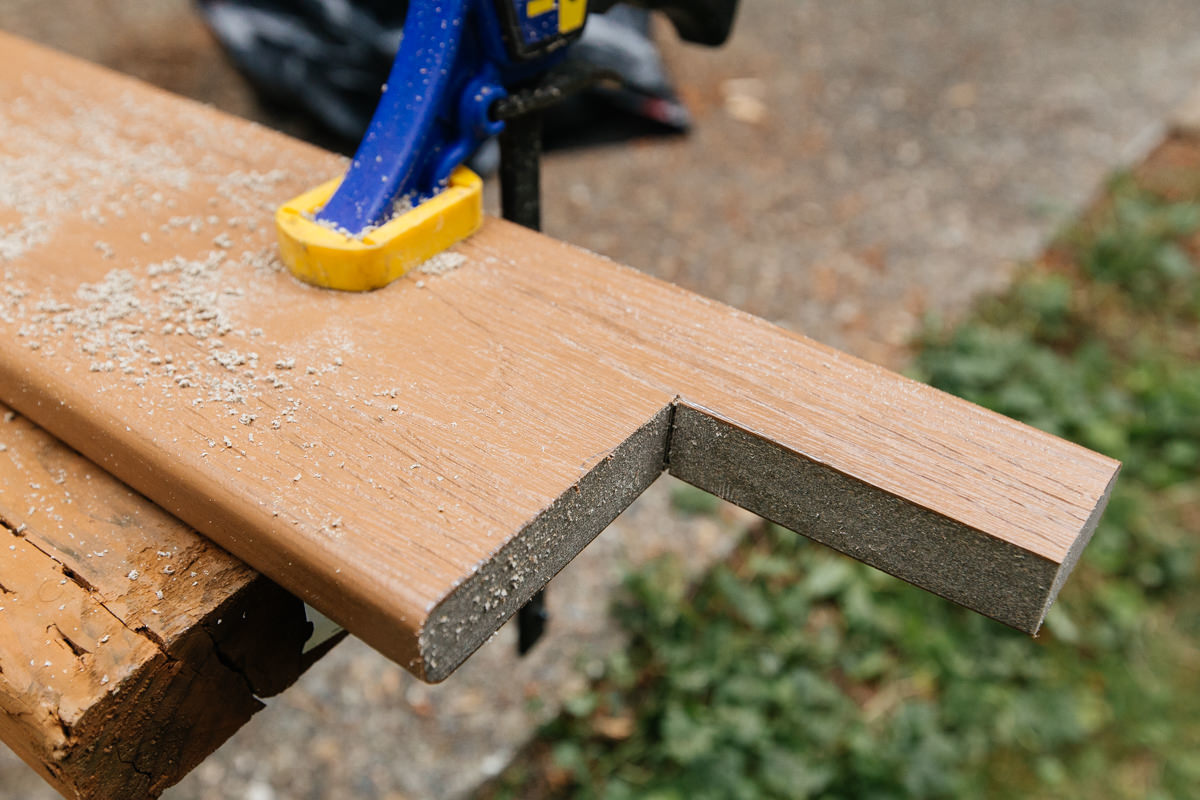
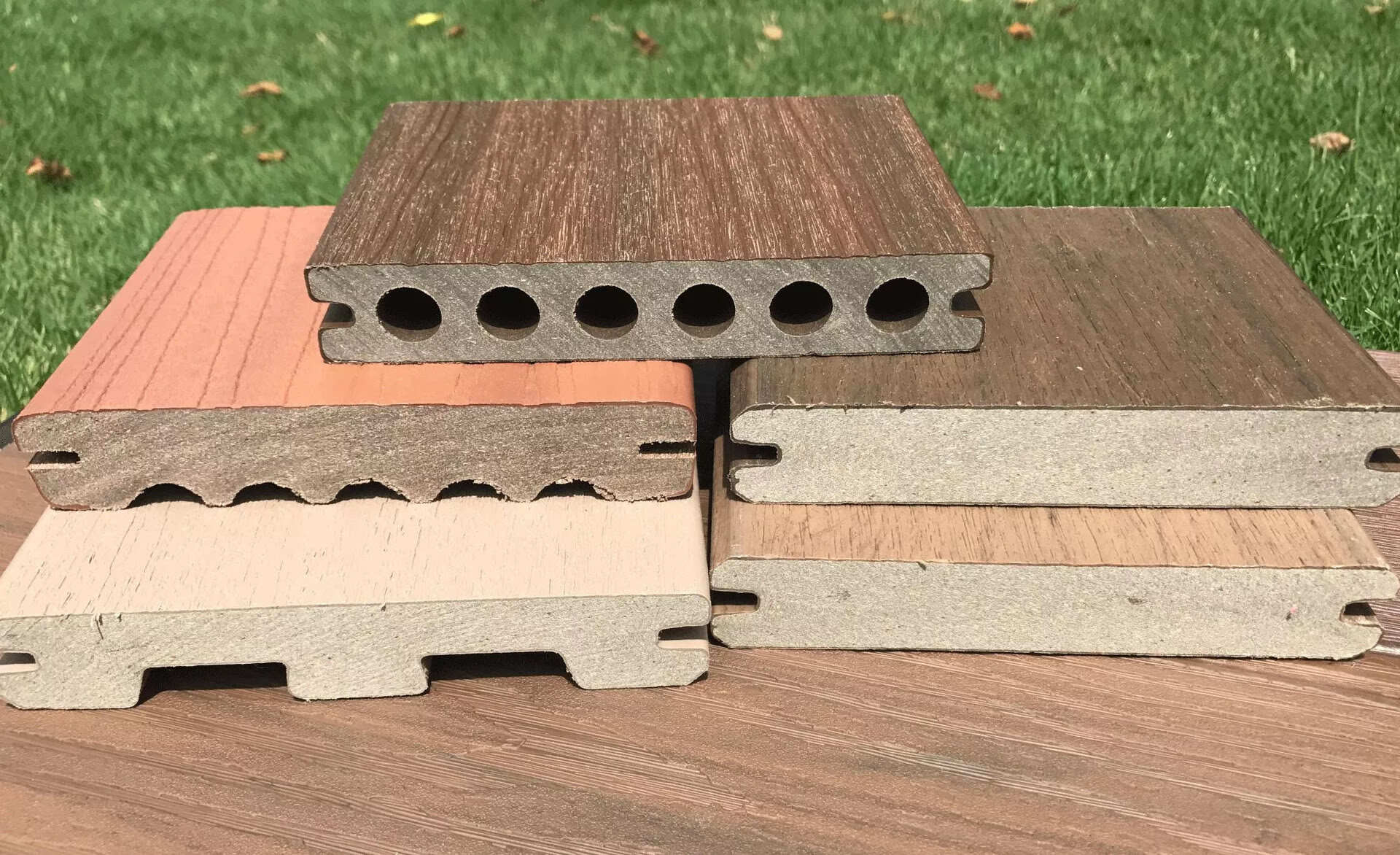
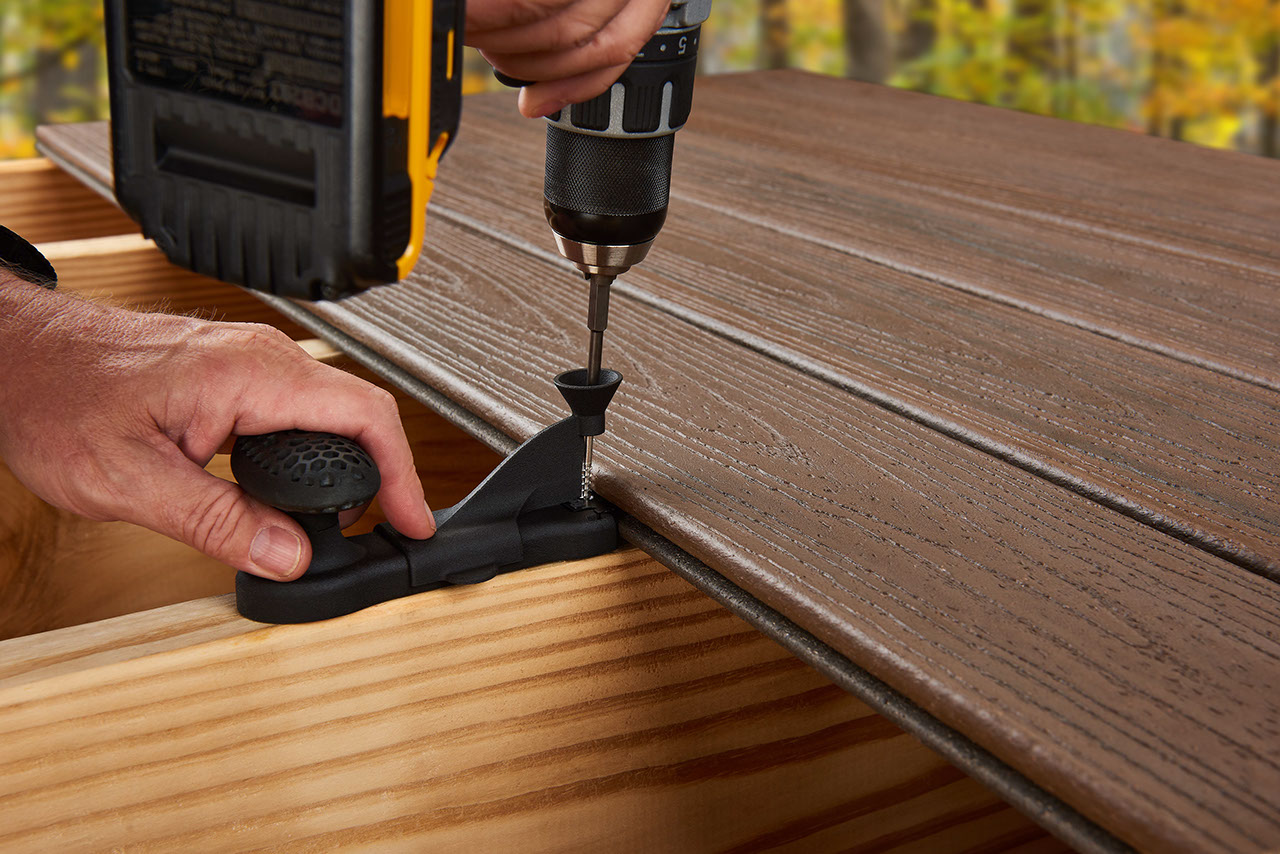
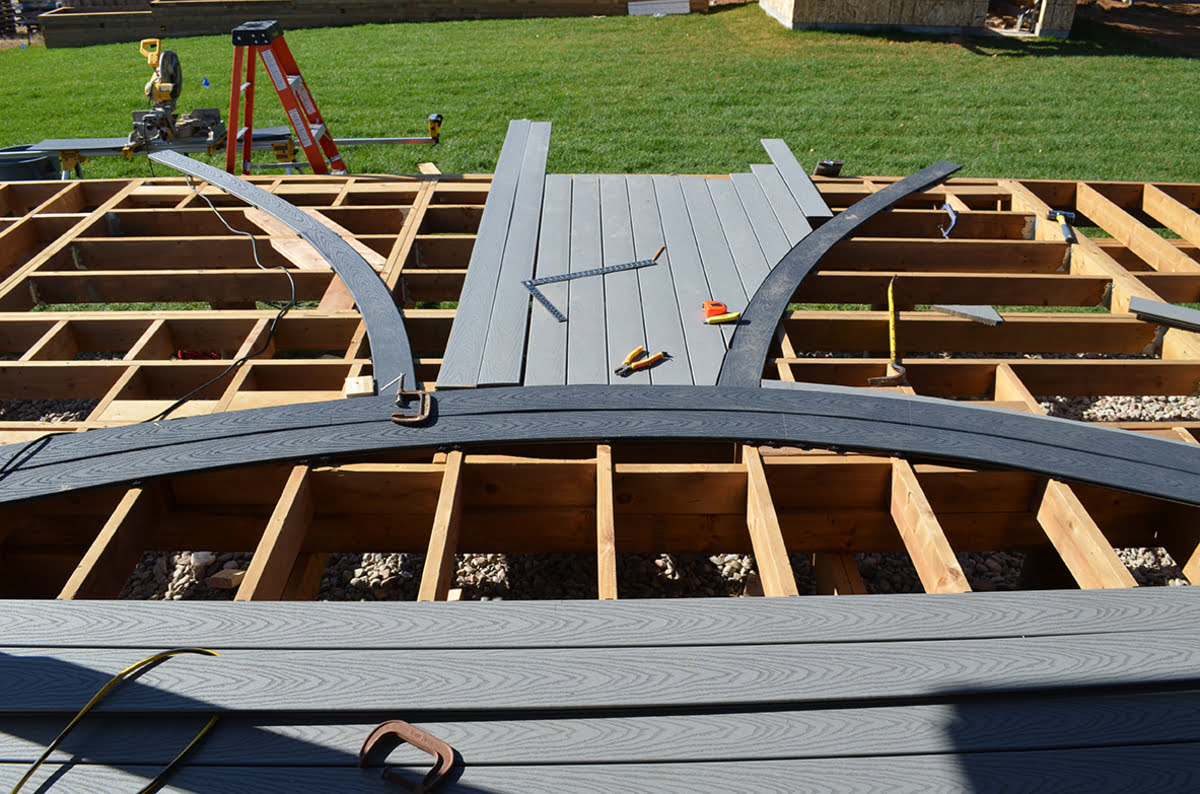
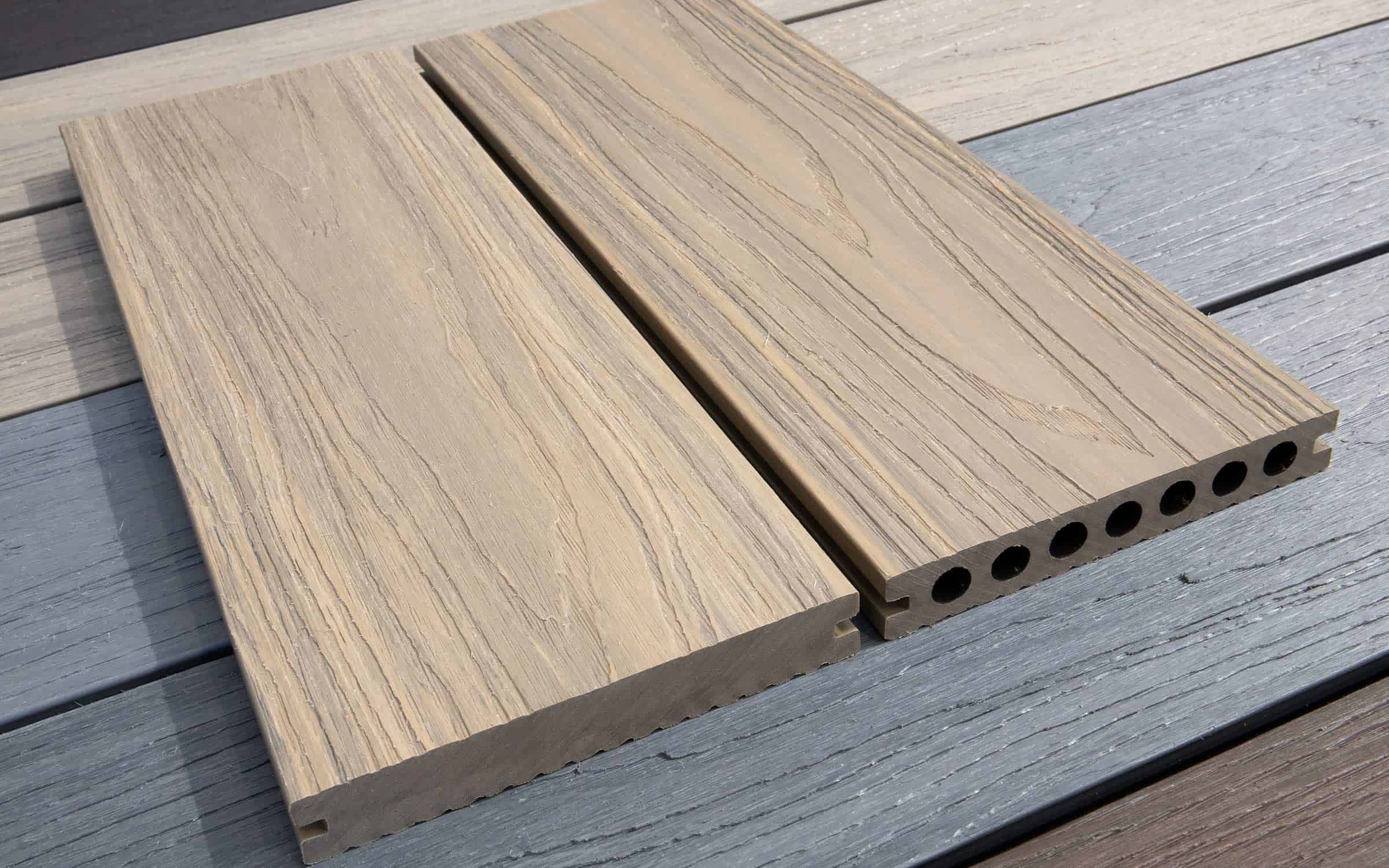
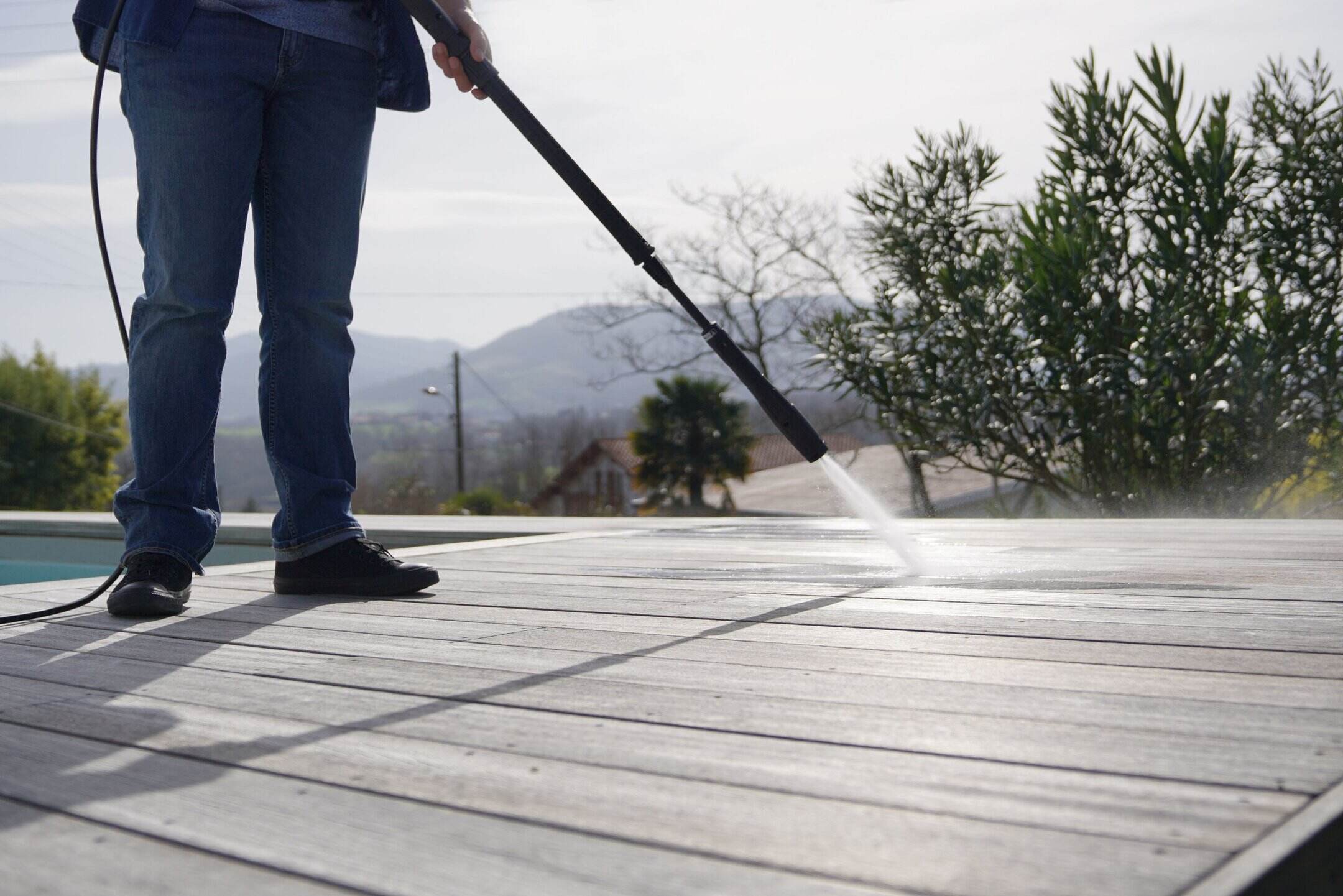
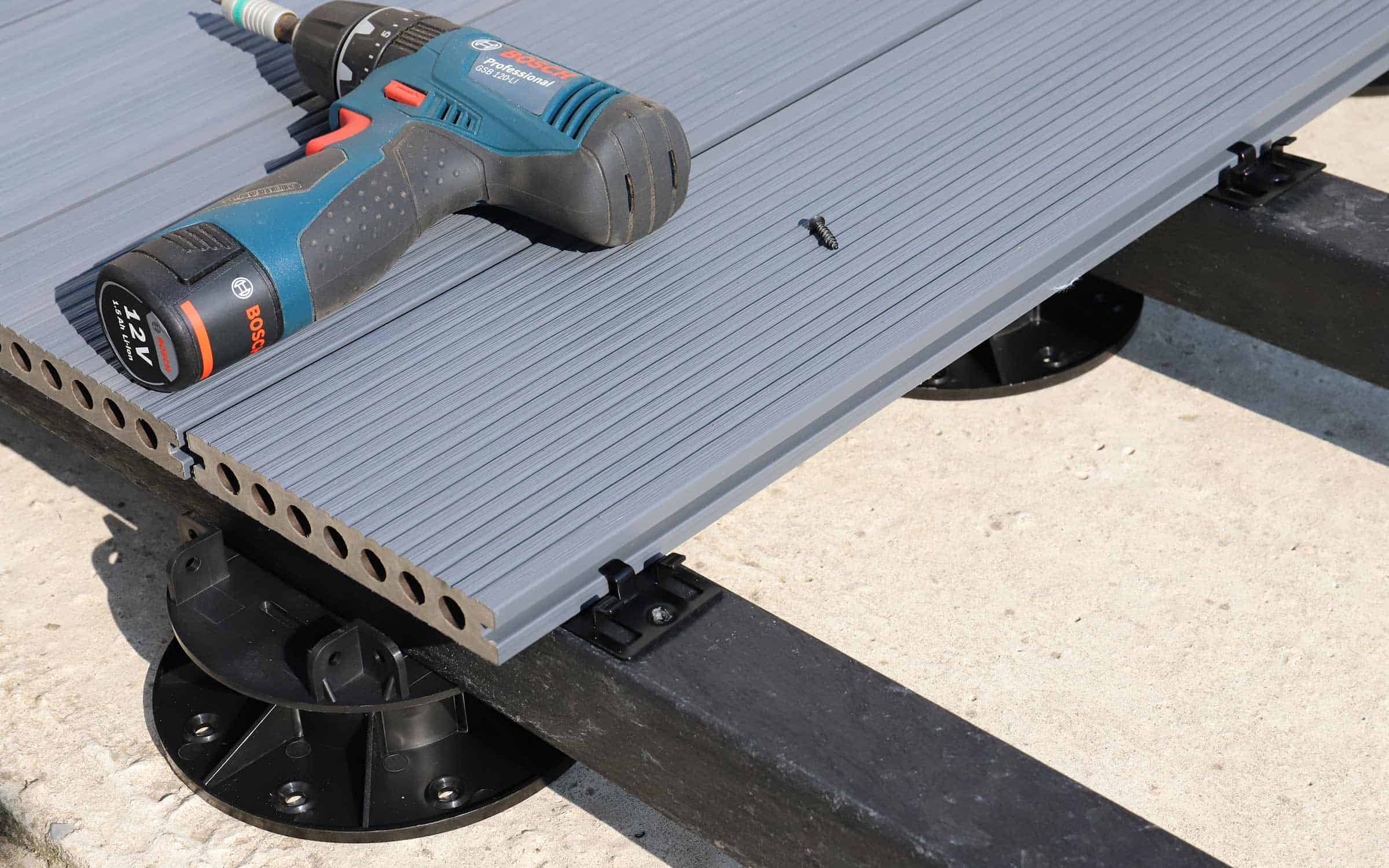

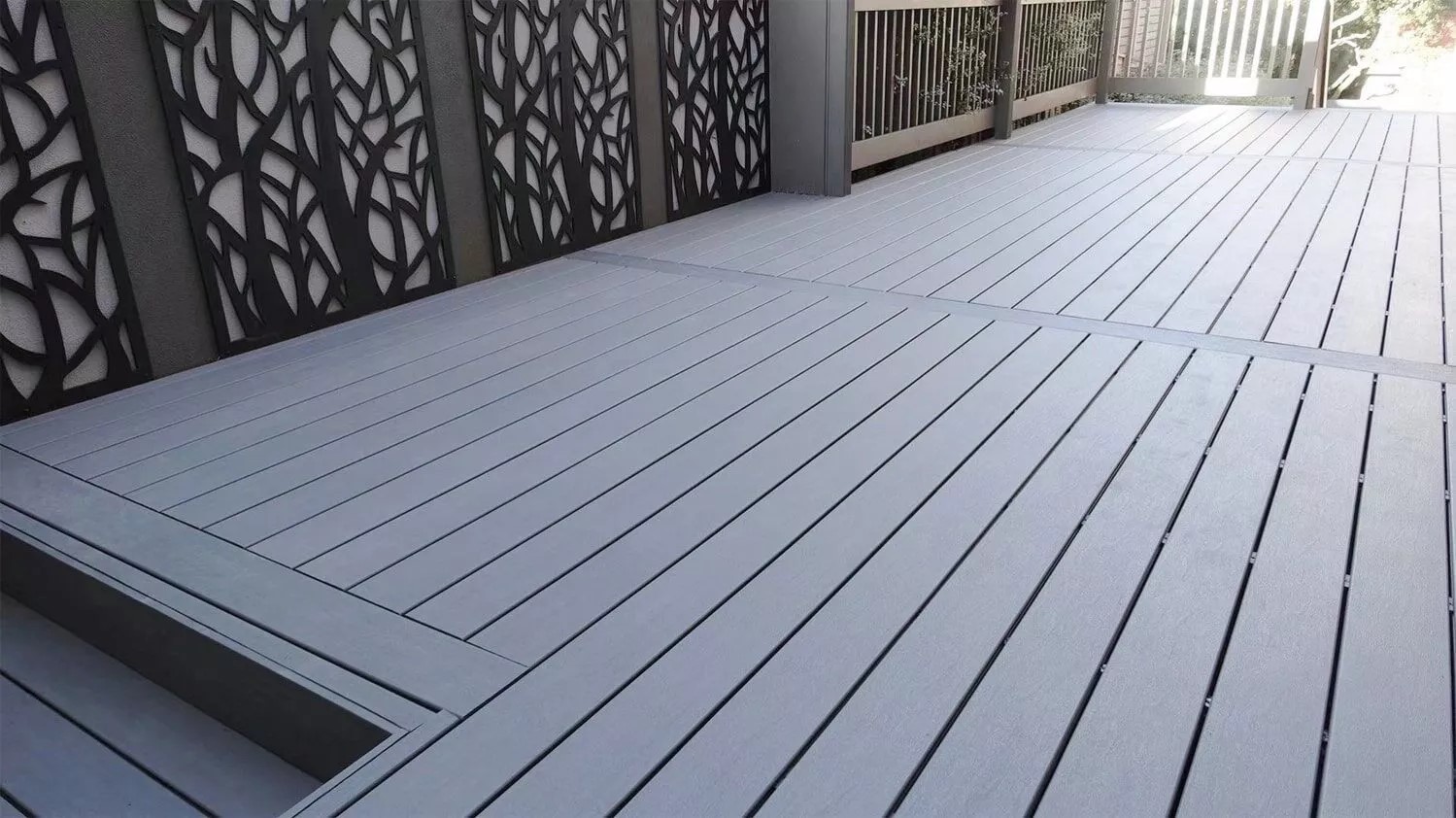
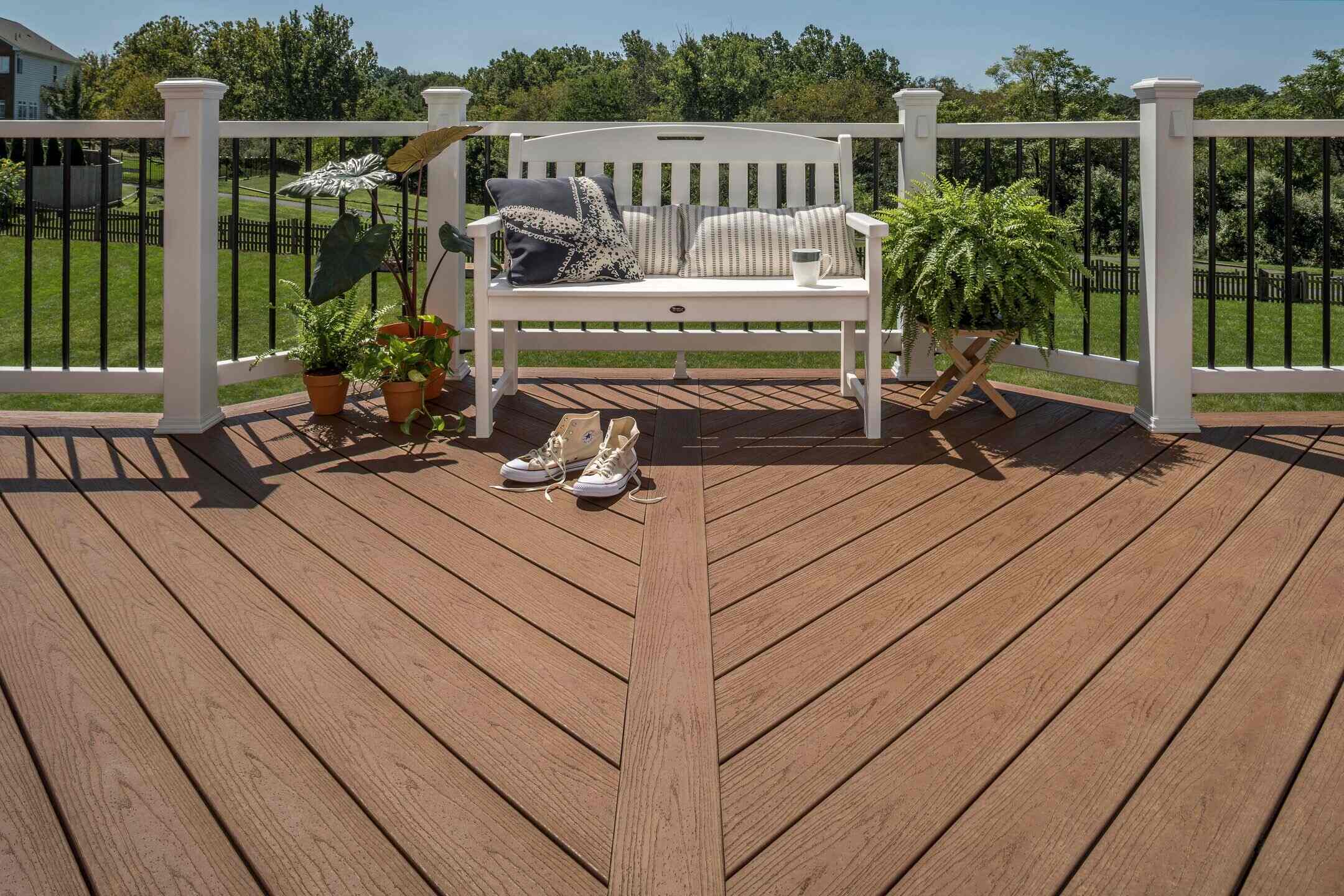

0 thoughts on “What Are The Disadvantages Of Composite Decking”